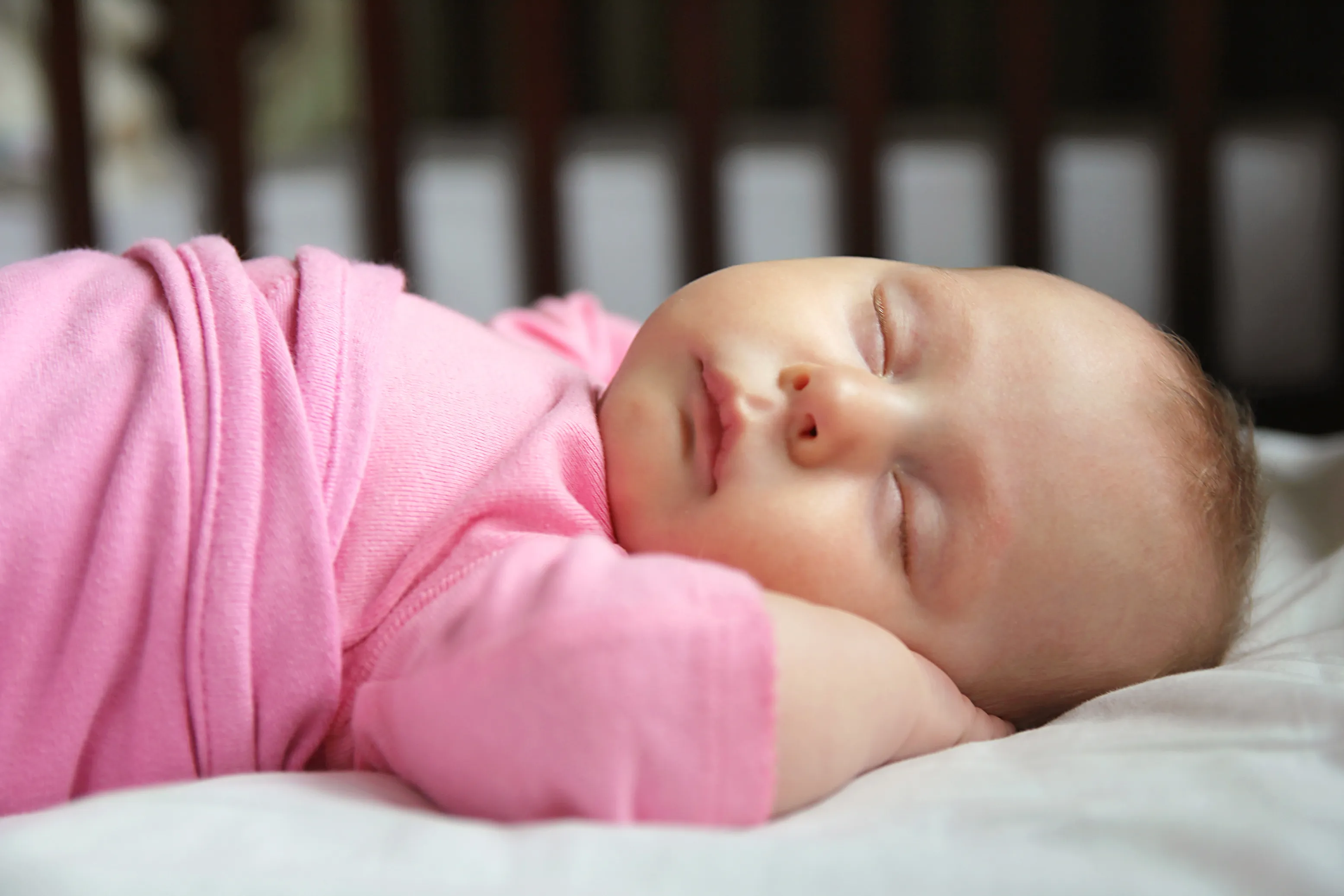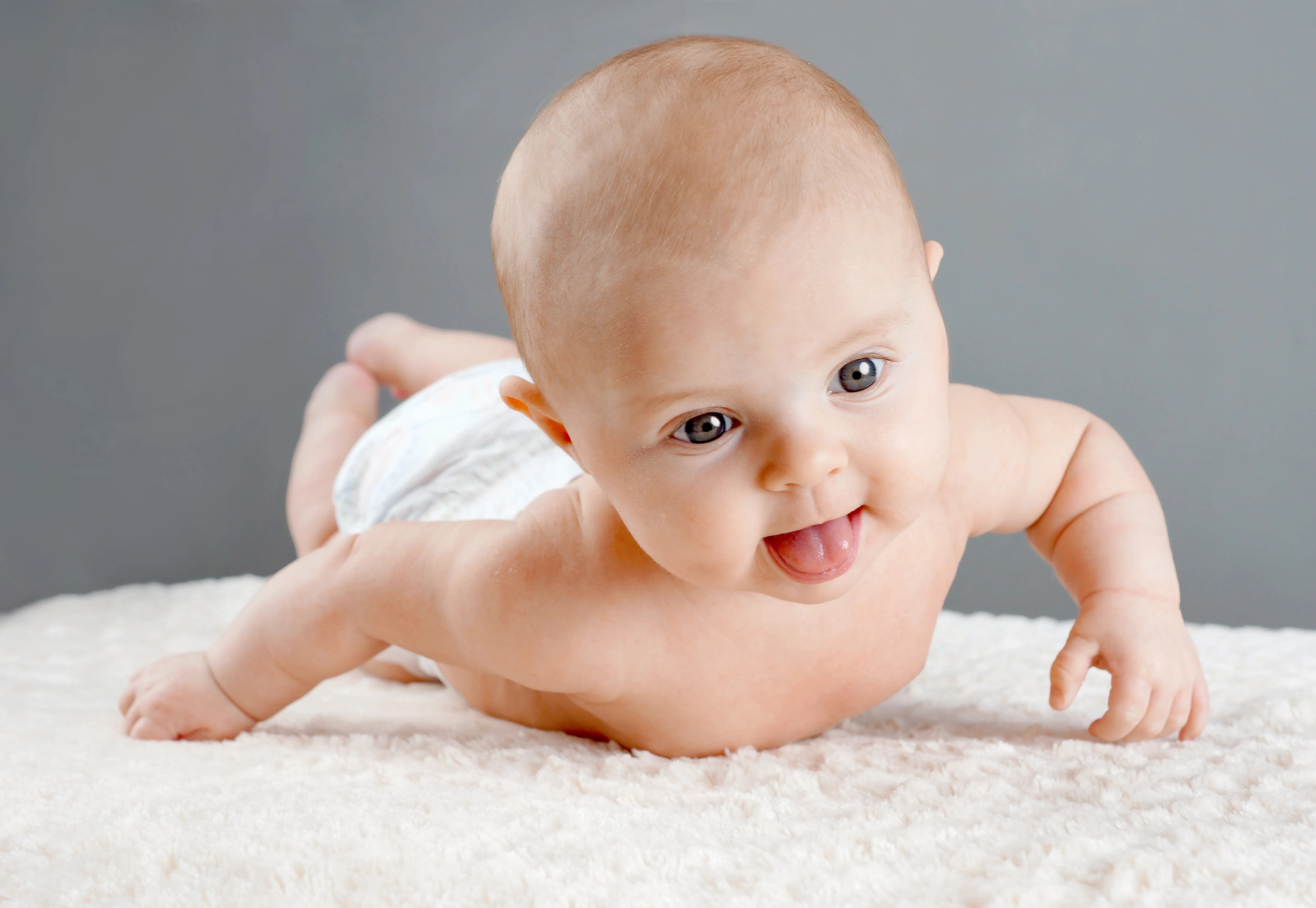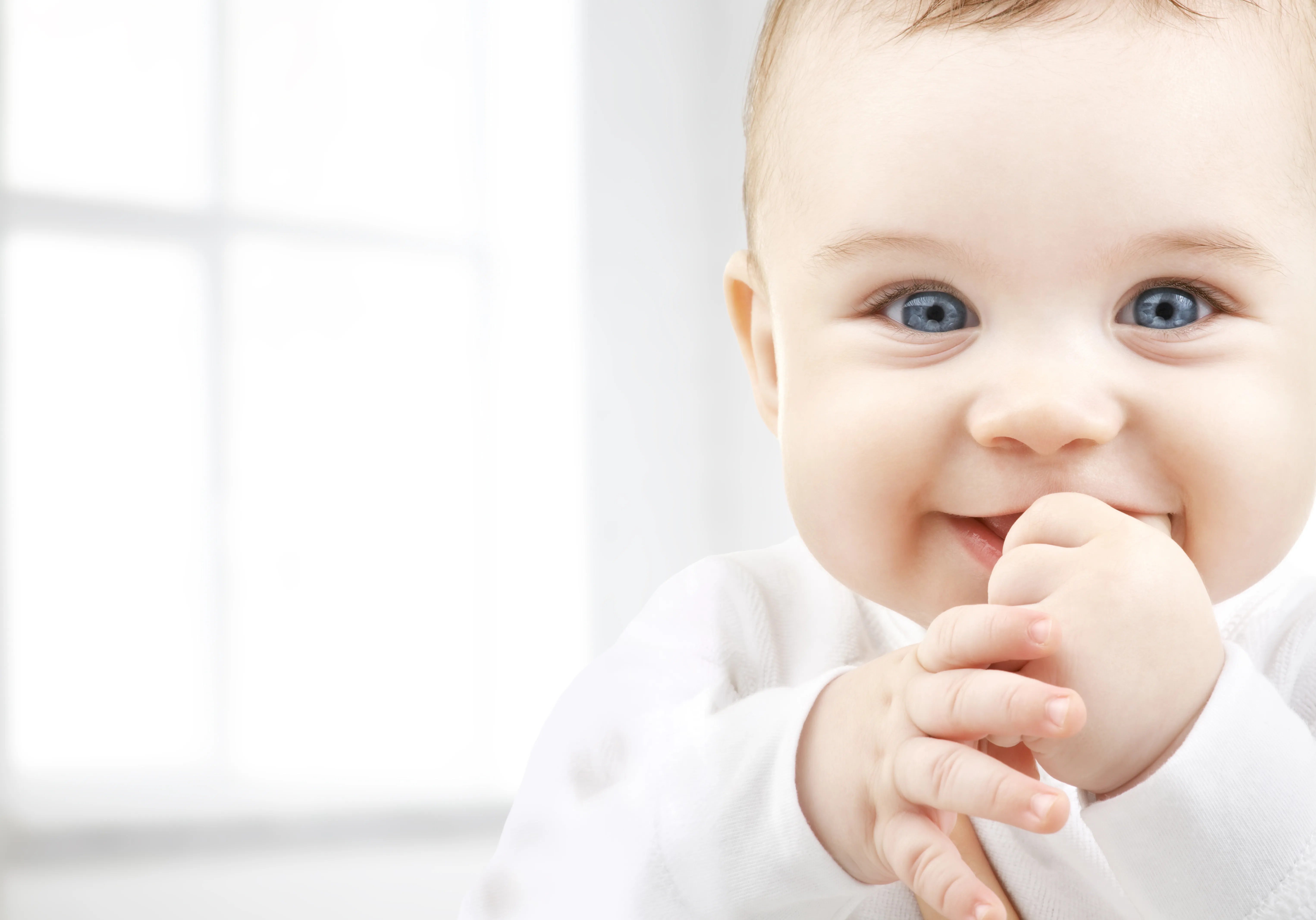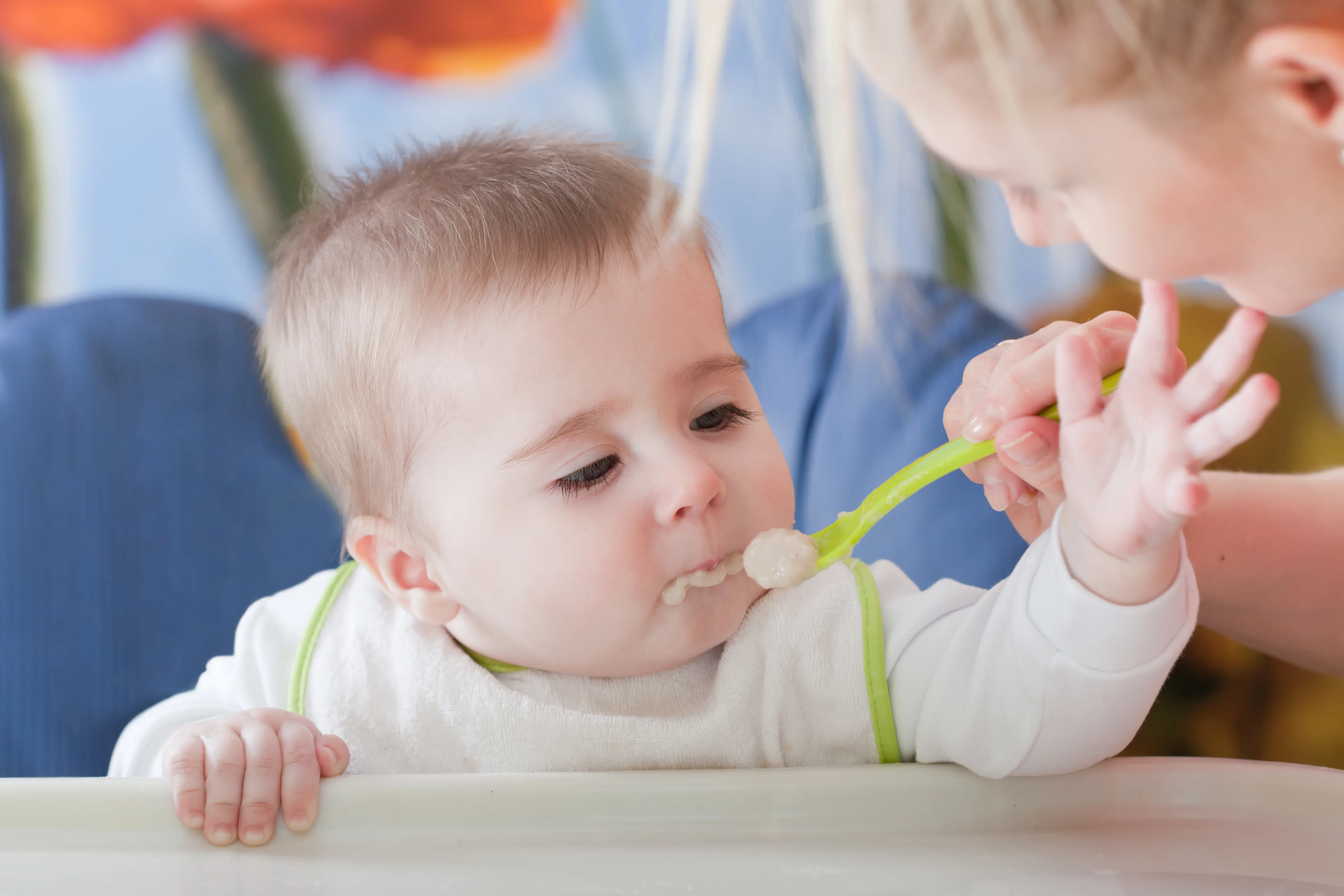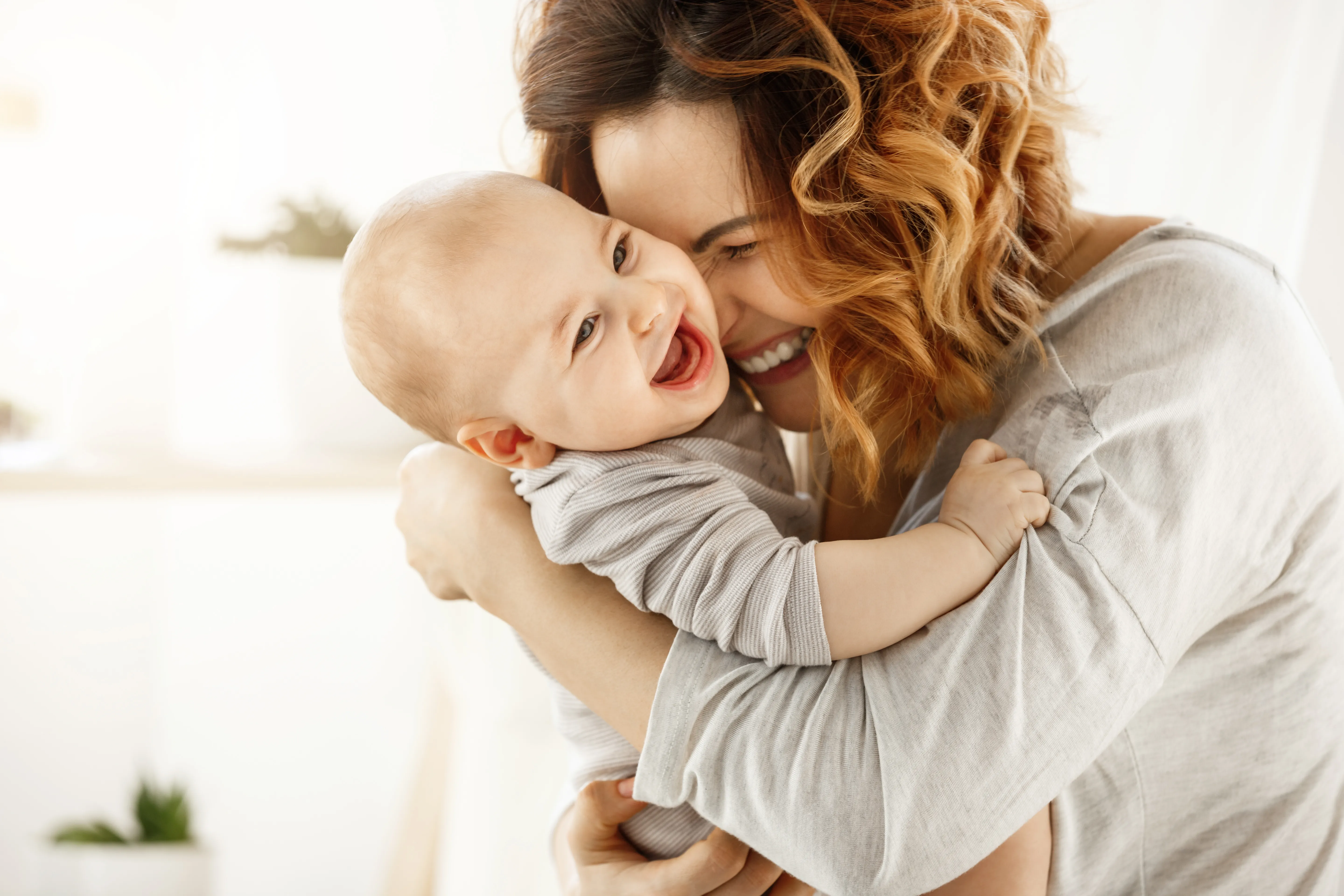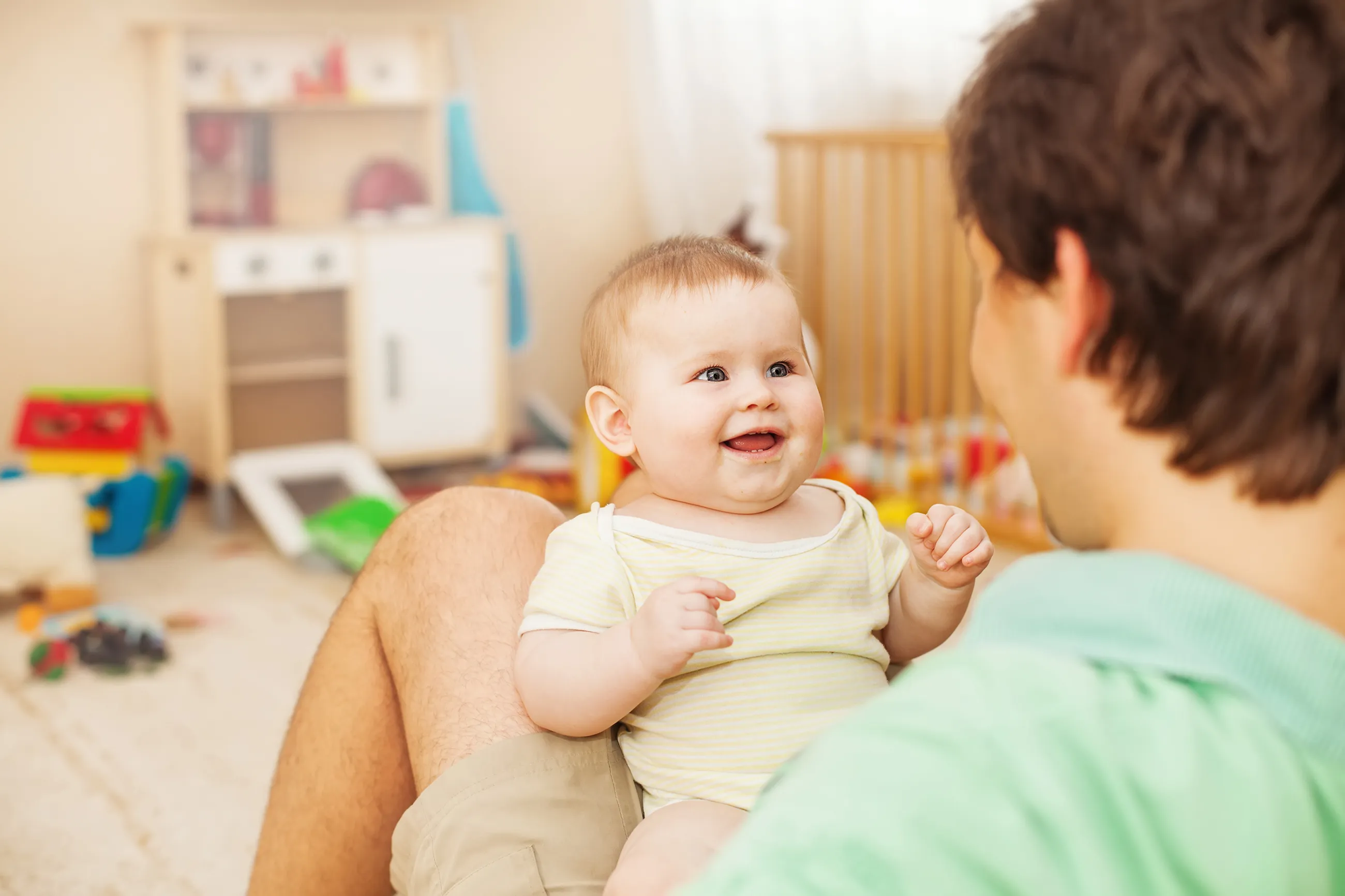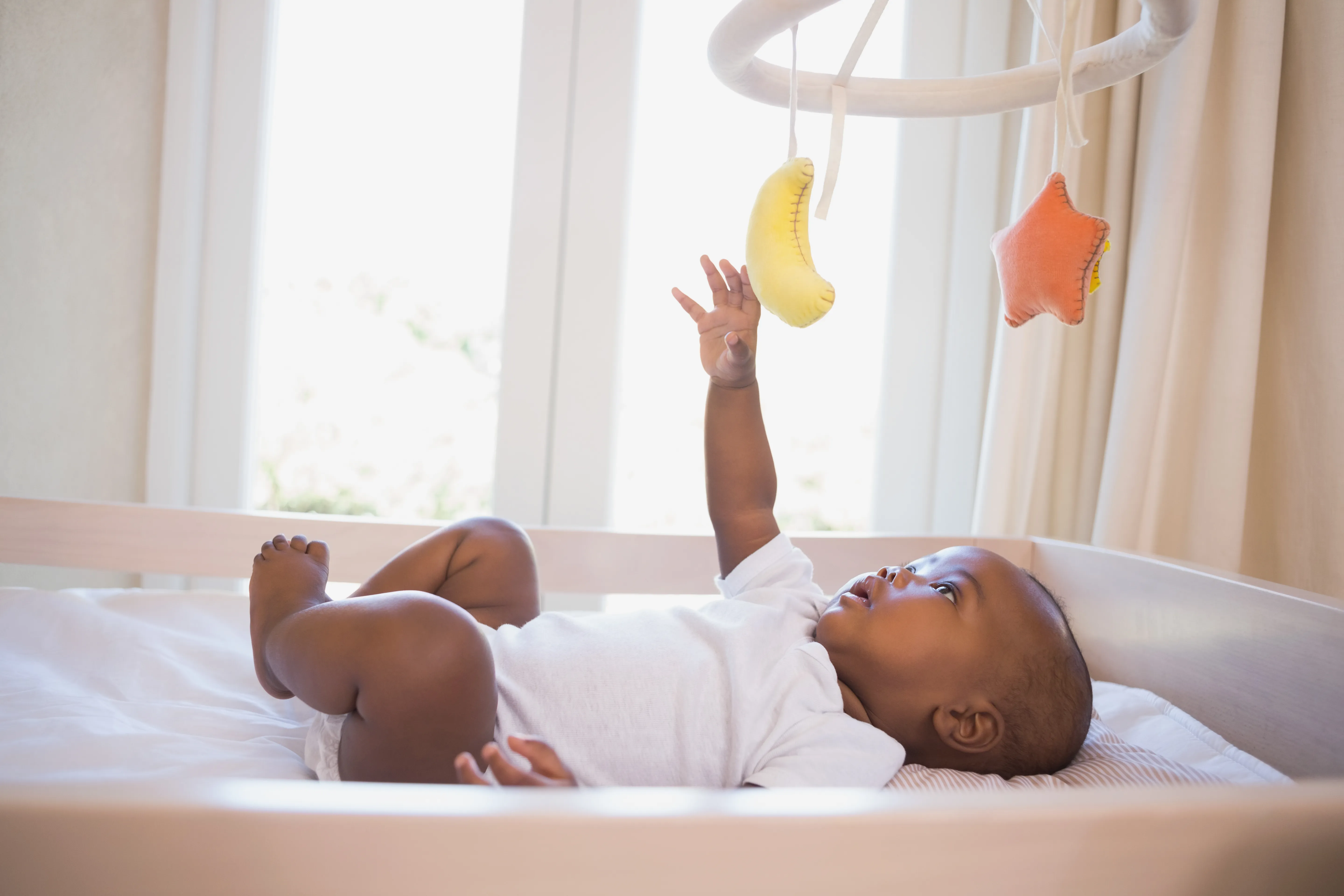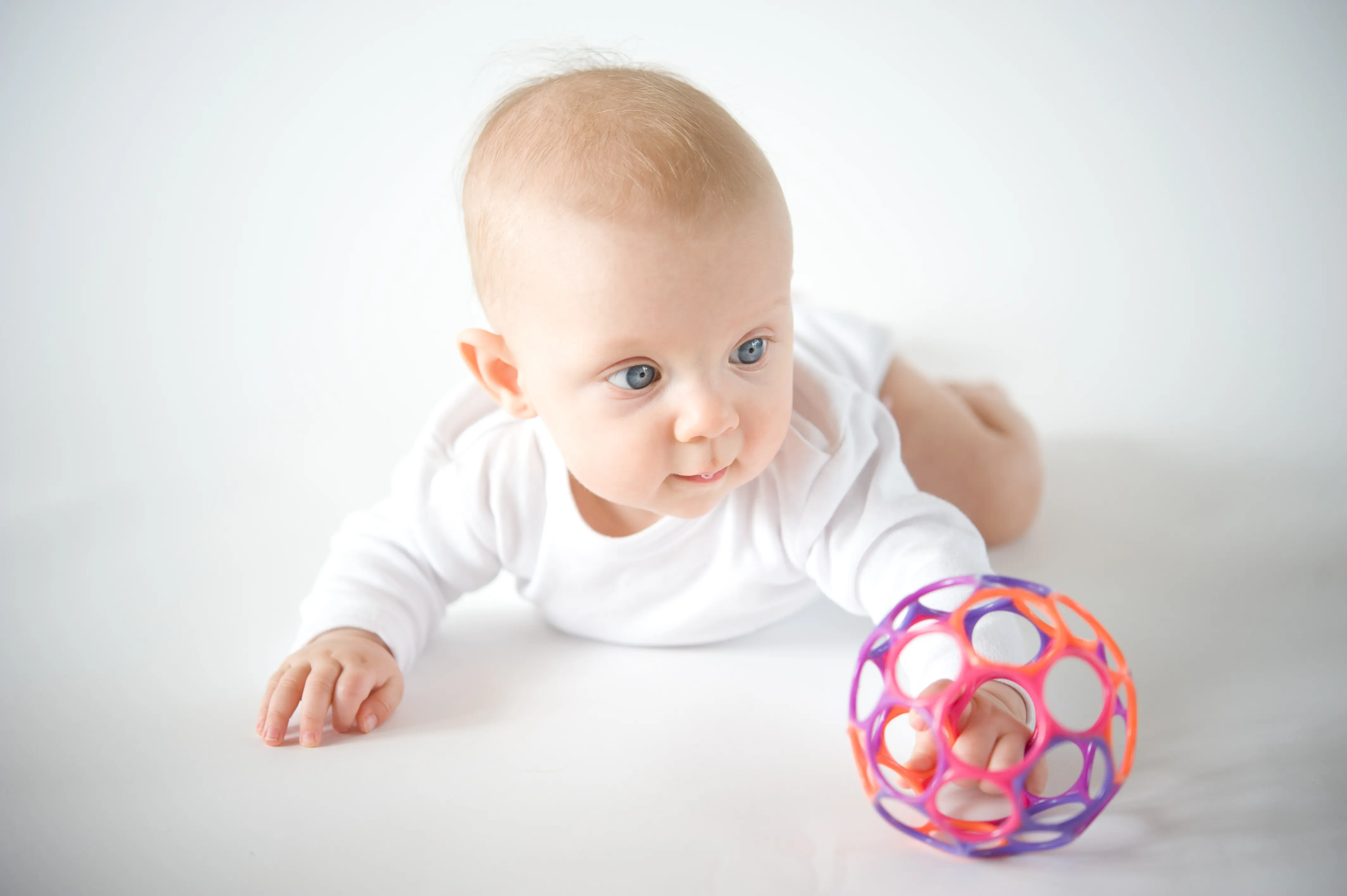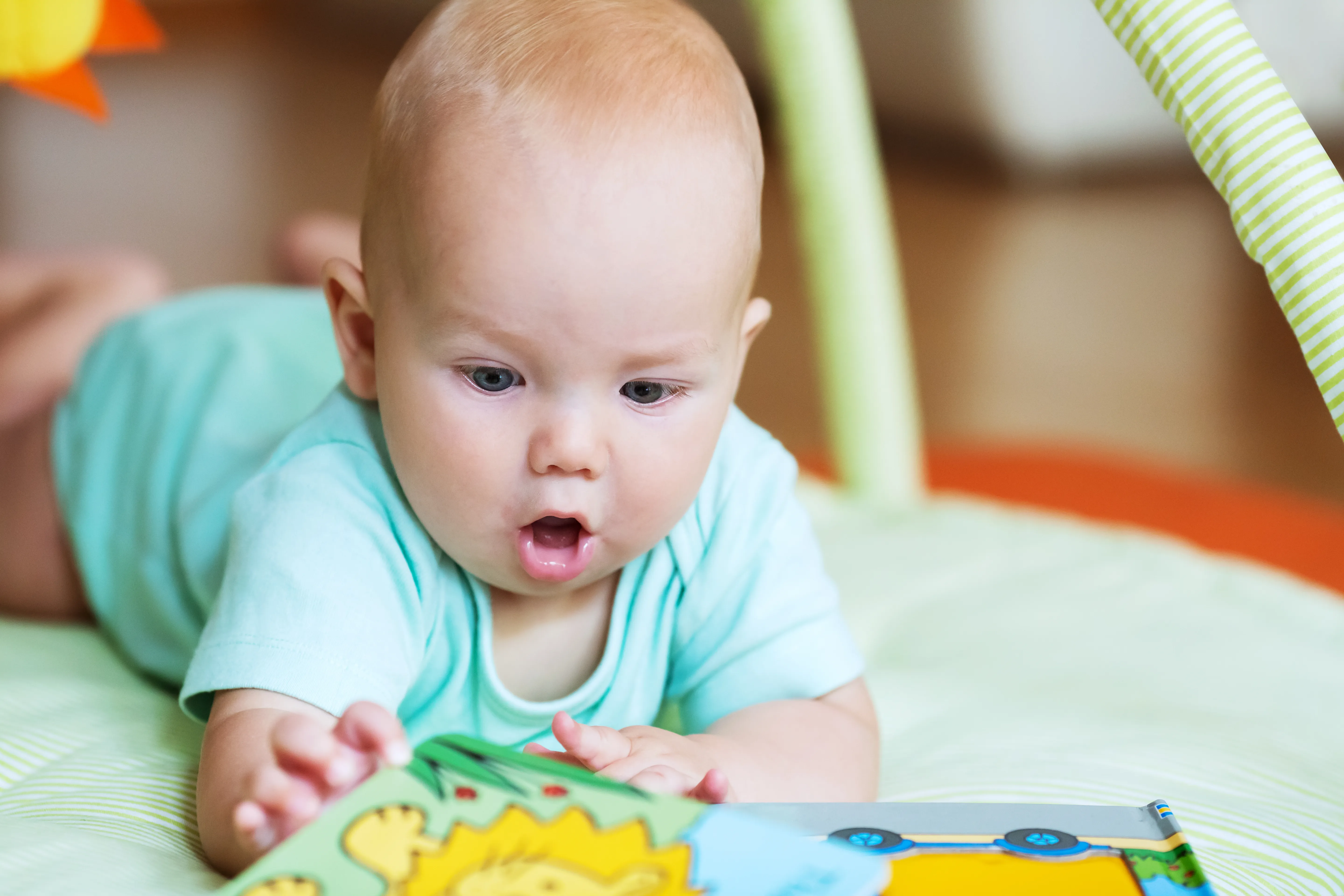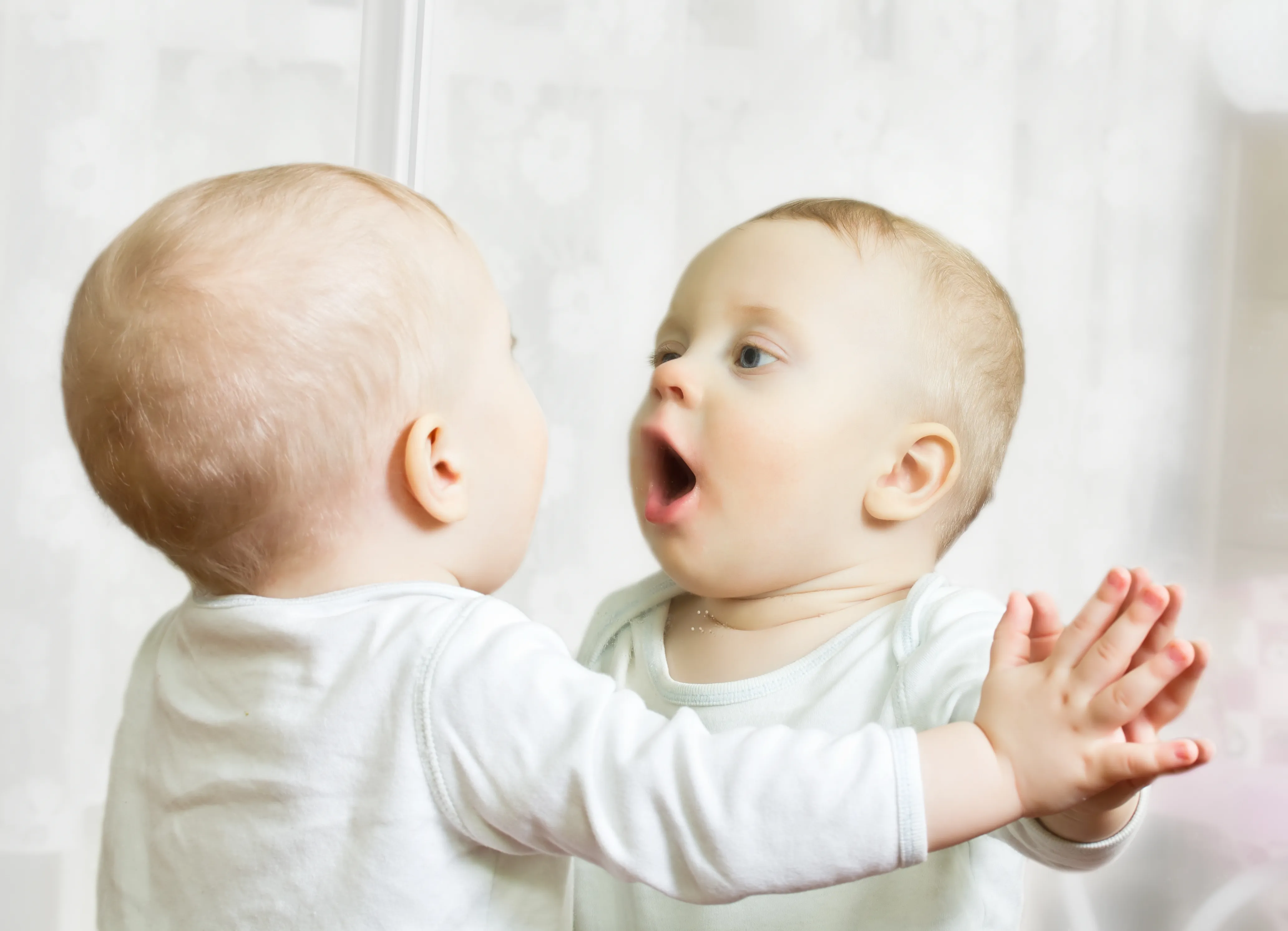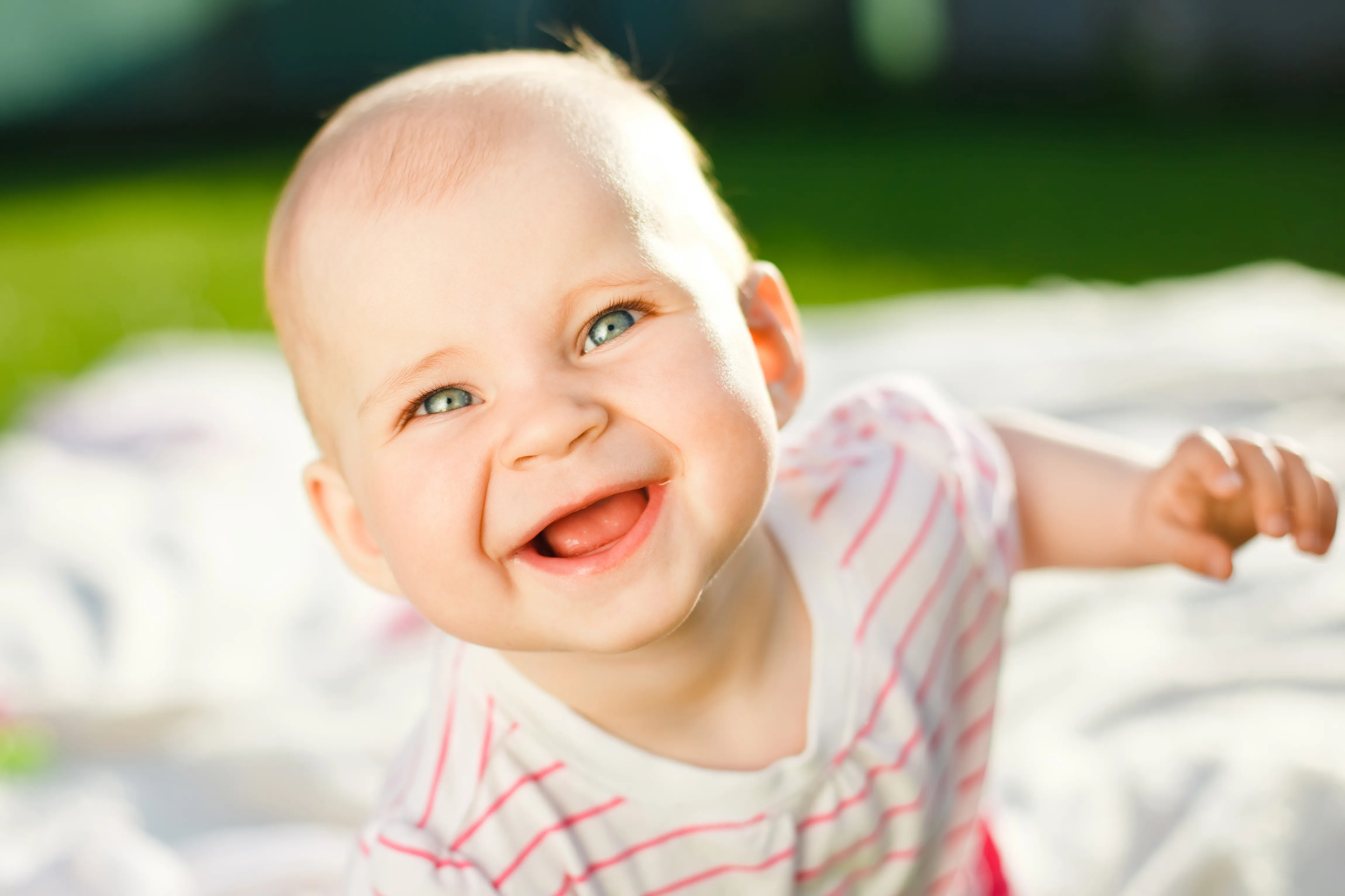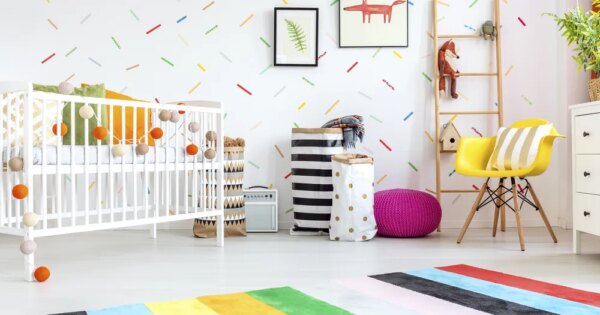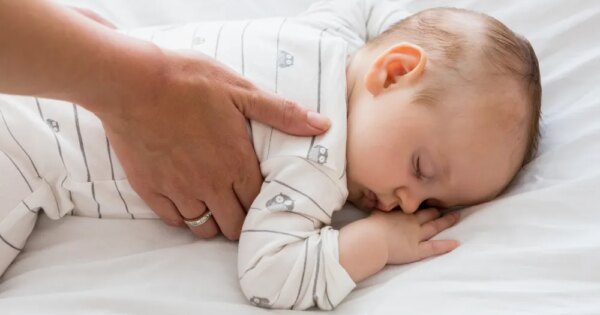Six months old. That happened quickly didn’t it? You’re halfway through your baby’s first year of life and you probably cannot believe how much they’ve changed since those first early days. You’re probably pretty shocked about changes to yourself too! Now that your child is approaching this major milestone, it’s hard to know what is normal, advanced or possibly a cause for concern. Motor skills, communication, appearance, cognitive development – there’s so much happening, so quickly. Remember what comes quickly to one baby, may take a little longer for another, even within the same family. As always, if you have any concerns whatsoever, contact your medical professional. In the meantime, but here are 18 major milestones for your 6-month old baby.
18. Growth
In the first few months of life, your baby was probably going through a serious growth spurt. Most babies will gain up to two pounds a month for the first half year. At the six-month mark, this slows down – a bit. Which is a relief when it comes to having them growing out of their onesies! Now expect to see approximately one extra pound added per month. In terms of height – or length, at this stage – most children will grow about half of an inch per month.
17. Sleeping
When it comes to sleeping at six months, there’s good news and bad news: The good news is that most babies are able to sleep between 6-8 hours at a stretch at this age. The not-so-good news is, that long stretch may not be when parents need it most: at night! Still, your baby should be able to sleep through the night at this point. If this hasn’t happened for you yet, worry not. It will. In the meantime, there are plenty of sleep methods to try to see what works best for your family, from Ferberizing to co-sleeping.
16. Sitting Up
Muscle development starts with the head and neck and by this stage, all that tummy time will have paid off and your baby will probably know how to hold up his or her head. Sitting in a supported seat, like a Bumbo, also helps with this. You can speed the sitting up process when babies are on their back. Gently hold the arms and pull the baby up to a sitting position. Pretty soon, you’ll see your baby will be sitting independently.
15. Rolling
Many babies will have been rolling from their fronts to their backs by this stage. At this age, they will start rolling the other way – from back to front. Now that the neck and arm muscles are stronger, expect to see your baby rolling in both directions. This is an important milestone as it is your baby’s first independent movement., using multiple muscles and coordination. Next stop: mobility!
14. Eye Color
Many light-skinned babies are born with grey or blue eyes. At around the 6-month mark, the eye color may start to change. Nobody can predict what color the eyes will be once your baby gets older. The color of the iris depends on the amount of melanin, a type of pigment, which gives color to hair, skin and eyes. Once the baby is out of the womb, light stimulates the production of melanin. If your baby was born with brown eyes, it means the eye color will most likely not change.
13. Weaning
If you haven’t started introducing solid foods to your baby, this is the age where your doctor may recommend you do so. Begin with baby cereal mixed with breast milk or formula. Then introduce strained or pureed fruits and vegetable one at a time. Give each new food a few days to gauge reactions. Diarrhea, vomiting or a rash may be a sign that your baby is allergic or cannot tolerate certain foods. Even if your baby doesn’t seem to like something, try again as their tastes change – a lot!
12. Happiness
Your baby’s reflex smile has finally disappeared, and the two of you have probably been smiling at each other for a few months now. No, it isn’t just gas! Some babies have been laughing since early infancy, but by the age of 6 months, most babies should be smiling and laughing on a regular basis. At this stage, your baby will not only laugh, but will want to do things that cause laughter – and even may try to make you laugh. Yes, your baby is developing their own babyish sense of humor.
11. Language
Squealing, screaming, and yelling. Laughing, cooing, and babbling. These are all signs of your baby’s efforts at communication. They are exploring their own voices and vocal systems. Talk to your baby a lot, and let them respond as part of the conversation. They may not be actual words, but your baby is starting to make distinct sounds that are crucial to language development. Don’t be surprised if you hear “Mama”, “Dada” or “Baba” at this point.
10. Sociability
At around six months, babies turn their heads towards sounds, watch who is speaking and try to communicate themselves. They love seeing other baby faces and will express both happiness and frustration. They may start turning away from specific people or, alternatively, exhibit signs of separation anxiety. You may notice that when one baby cries, others will follow. This is their way of being sensitive to other babies. They can be reactive to adults as well – they’ll laugh when you laugh, cry when they see you sad etc.
9. Movement
Aside from sitting up and rolling over, you may be surprised to find your 6-month-old baby wriggling around and making their way across the floor. Some babies will come up on to their hands and knees and rock back and forth, a precursor to crawling. Other babies like to be up on their feet and bouncing. Others still will scoot several feet, or move, commando-style from one end of a room to another. All of these moves are preparation for the walking that will come within the next 6 months!
8. Hands
You may notice at this age babies tend to reach for anything and everything – and then stuff the objects into their mouths! Grabbing, holding, dropping and pointing are all hand movements babies like to practice at this age. Because they have started to sit unassisted, their hands are left free to reach forward and explore. If they topple over they will use their hands to try to right themselves. Some babies use only one hand, while others tend to switch it up.
7. Attention-Seeking
By this age, most babies will change their attention seeking behavior, moving beyond just crying. Expect to see hear all kinds of sounds and noises your baby uses specifically to attract your attention. Some babies also use their newly developed motor skills to make their way over to you or to throw things to make you look their way. Some babies will shriek at the top of their lungs to get your attention. Try your best not to get stressed and panic.
6. Attention Span
It seems as though babies’ attention span lasts all of one nanosecond. Just when you think they’re found something to focus on, they switch it up and demand more stimulation. This is totally normal. By the age of 6 months, your baby will have an increased attention span and will not require constant stimulation. Some babies are more distractible than others, but most tend to explore every inch of any object. Remember, everything is new to them!
5. Colors
At birth, everything is a blur for babies, but the early stages of color differentiation happens quite quickly. Despite all the adorable black and white baby toys, it is a myth that babies can only see in black and white. They do, however, show a preference for high contrast patterns. As babies grow they learn to differentiate primary colors, and, eventually, will be able to distinguish similar tones. By the age of 6 months, most babies are able to differentiate colors at the same levels as adults.
4. Senses
Your baby is becoming more aware of their surroundings and can see further without crossing their eyes. At this age, babies enjoy brightly colored and patterned books and will like to feel different textures and fabrics. Hearing is becoming more acute as they begin to communicate. As you introduce solid foods, notice which foods your baby likes and dislikes –but don’t give up after one try! Everything changes rapidly at this milestone age.
3. Teething
Your child’s first teeth will start coming in at around this age, resulting in the process known as teething. Drooling, crankiness and increased chewing are symptoms of teething, and some babies have stronger reactions than others. Teething rings or teethers come in various shapes and sizes. Many can be frozen as the coldness helps to numb the pain in the gums. Be sure all teethers are baby safe and don’t present choking hazards.
2. Playing
Social games like peek-a-boo, or hiding a toy underneath a blanket and “surprising” them when the blanket is lifted are all games that babies this age love. They also like to look in the mirror and “play” with the baby they see. Musical toys, shakers and squeaky toys will all elicit happy smiles. Rolling a ball back and forth is another fun game. Be sure to keep crib-safe toys in your baby’s bed so he or she can amuse themselves.
1. Emotions
By this age, your baby will have developed not just a physical reliance on people to survive, but will now have a mental and emotional reliance as well. They will show true emotions, not just cry because they are tired, hungry or soiled. They will communicate joy as well as sadness and want to be loved – physically and emotionally. They will also develop fears at this age, even of everyday items and occurrences (loud noises, water etc.). By this age, your baby’s temperament and personality will really start to show. Enjoy it!


